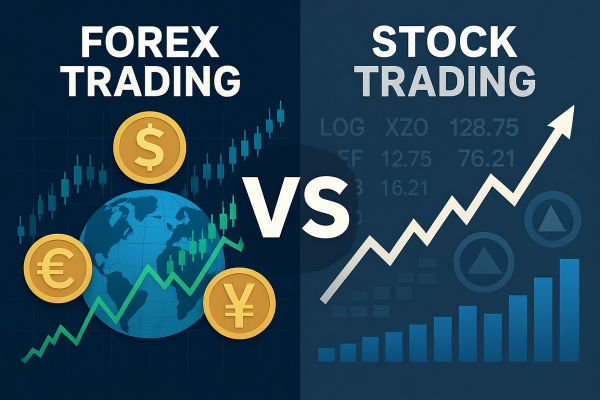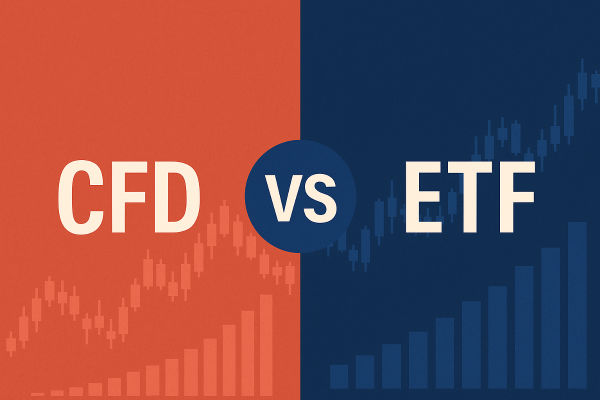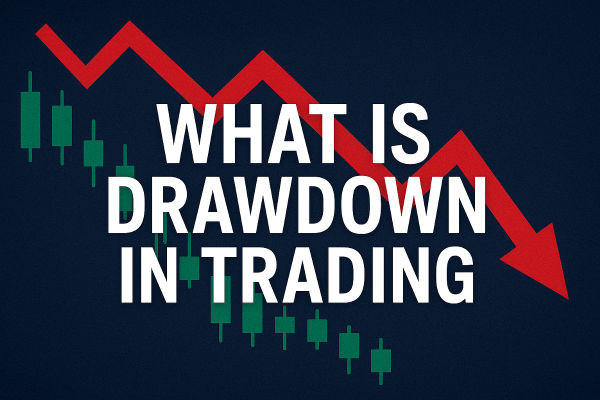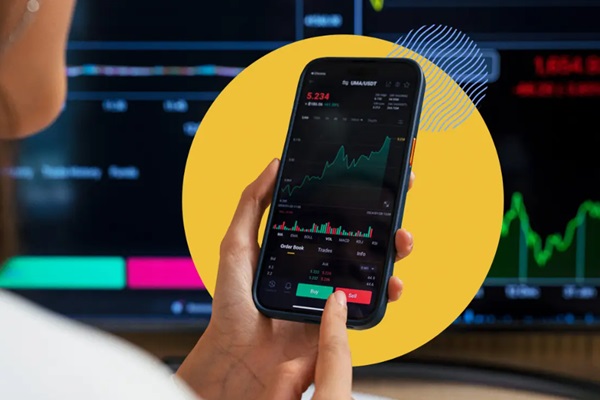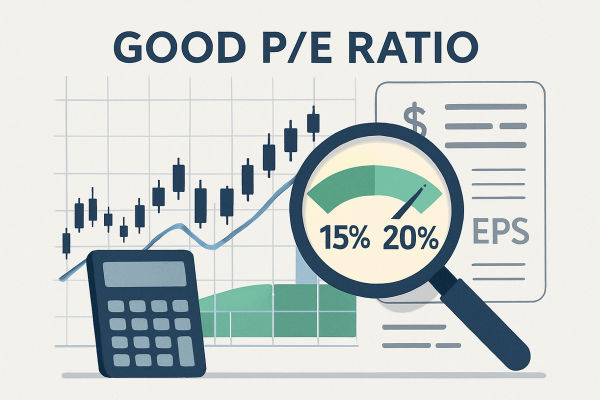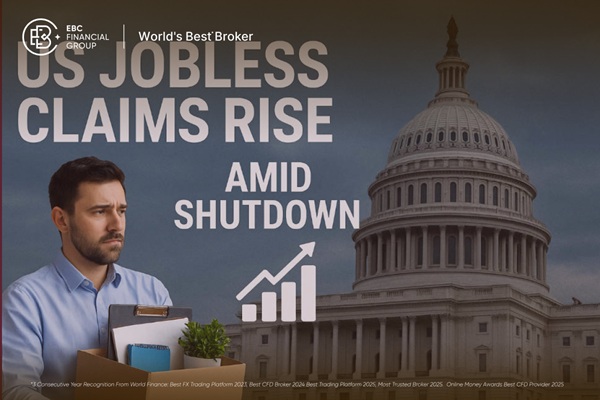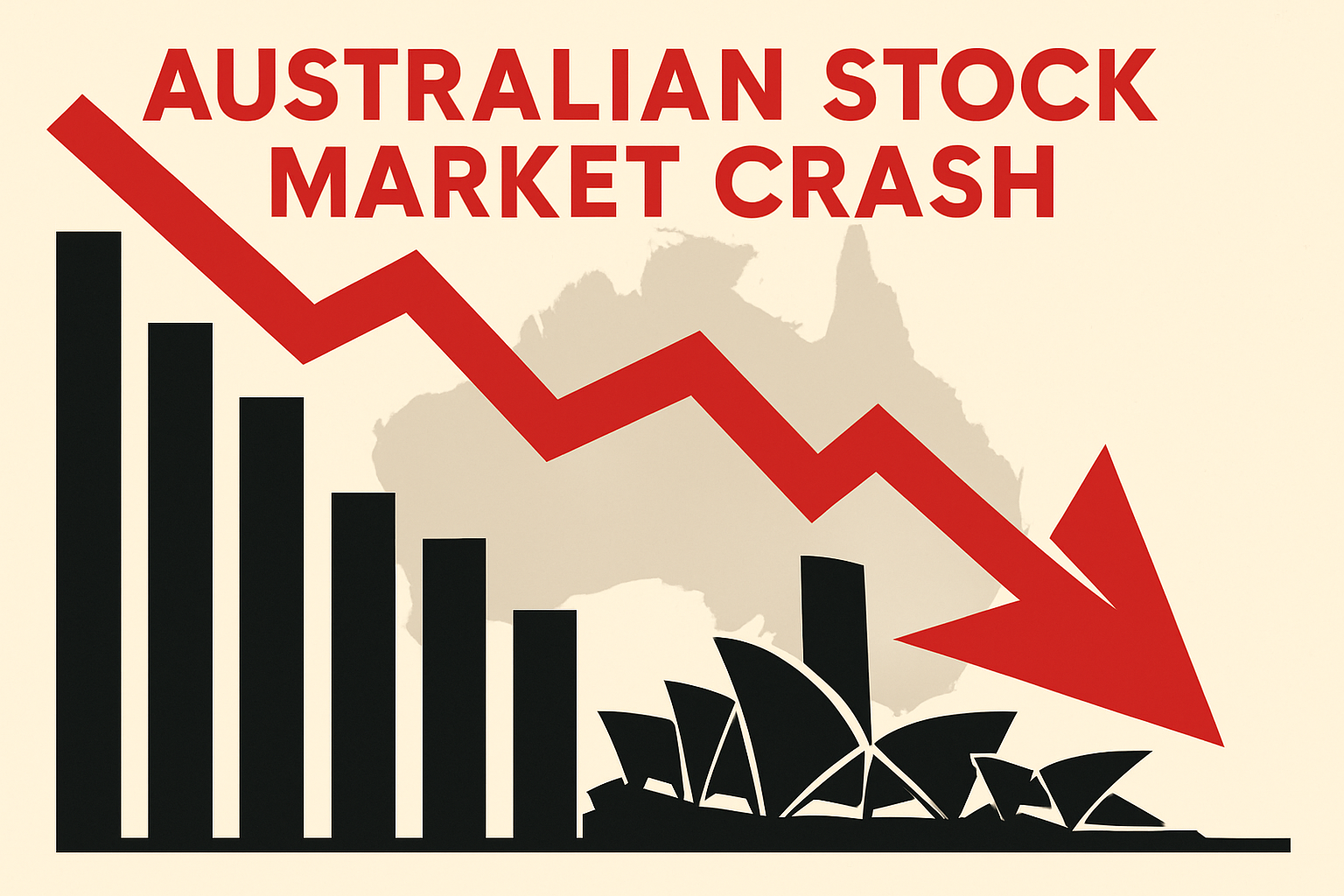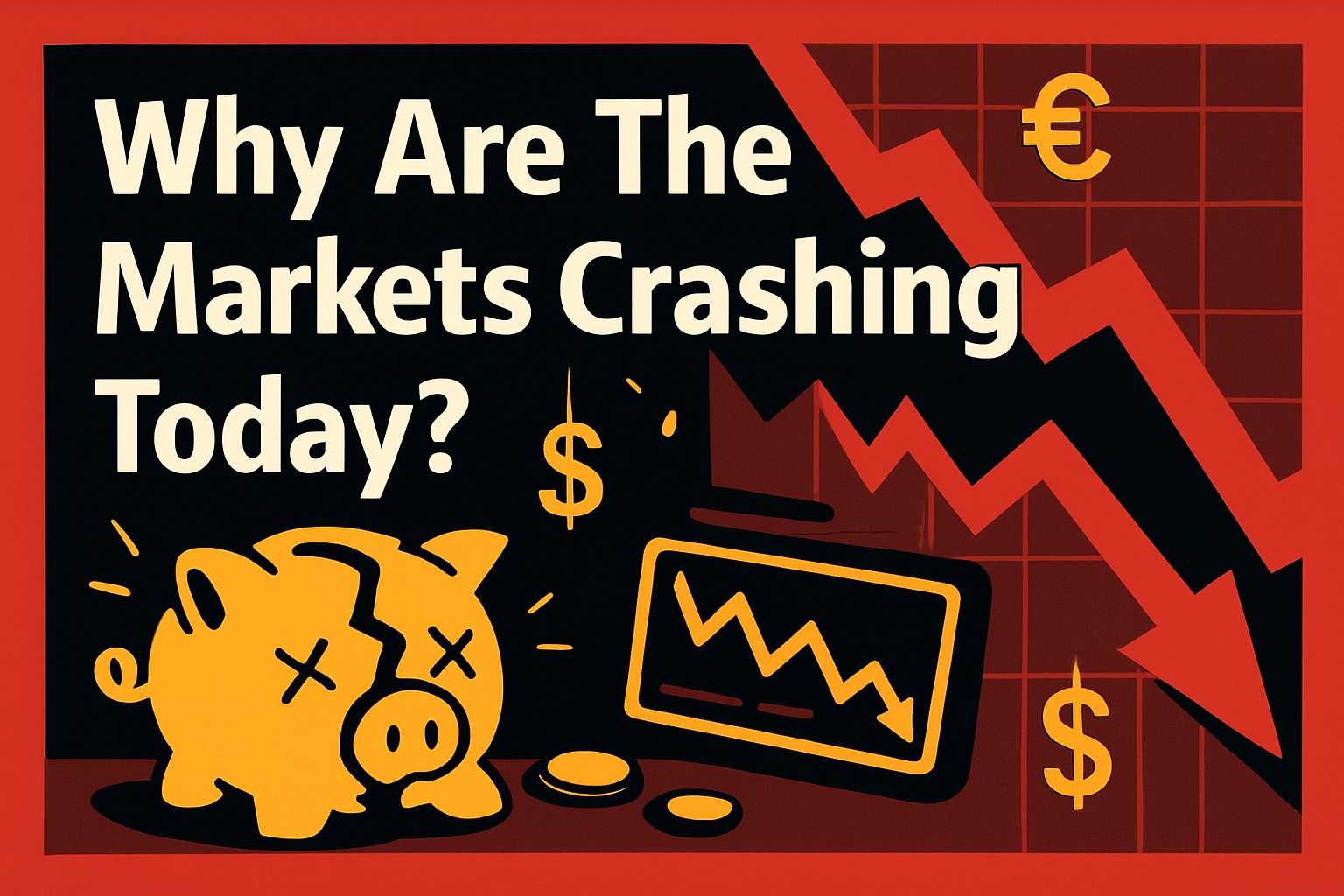Trading and investing are two of the most common approaches to building wealth in the financial markets. While both involve buying and selling assets, their strategies, timeframes, and risk profiles are quite different.
Understanding these differences is essential for anyone considering how to grow their money in today's dynamic markets. This article compares trading and investing, helping you decide which approach may best suit your goals and style.
What Is Trading?
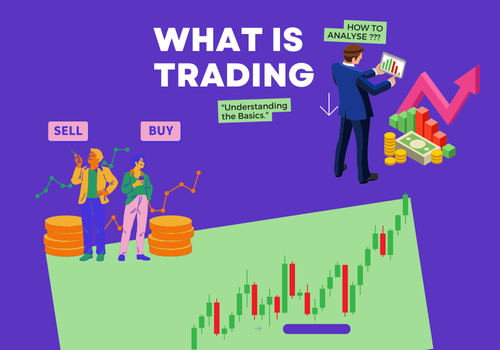
Trading refers to the frequent buying and selling of financial instruments—such as stocks, currencies, commodities, or derivatives—with the aim of making quick profits from short-term price movements.
Traders often open and close positions within days, hours, or even minutes, using technical analysis, Chart Patterns, and market news to inform their decisions.
Characteristics of Trading:
Timeframe: Short-term, ranging from intraday (within a day) to a few weeks.
Goal: Capitalise on rapid price changes for quick profits.
Risk: Higher risk due to market volatility and frequent trades.
Effort: Requires constant market monitoring and quick decision-making.
Methodology: Heavy reliance on technical analysis and price trends.
What Is Investing?
Investing is the process of buying and holding assets—such as stocks, bonds, or mutual funds—with the intention of growing wealth over the long term. Investors focus on the fundamentals of an asset, such as company performance or economic outlook, and benefit from compounding returns over years or decades.
Characteristics of Investing:
Timeframe: Long-term, often years or decades.
Goal: Build wealth steadily through appreciation and income (like dividends).
Risk: Generally lower risk if diversified and held over time.
Effort: Less frequent monitoring, more passive approach.
Methodology: Focus on fundamental analysis and long-term growth potential.
Key Differences: Trading vs Investing
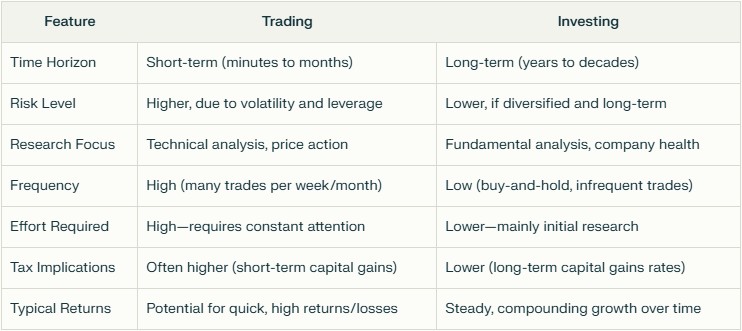
Pros and Cons of Trading and Investing
Trading
Pros:
Opportunity for quick profits
Can profit in both rising and falling markets
Exciting and dynamic for those who enjoy active management
Cons:
High risk of loss, especially for beginners
Requires significant time, skill, and emotional control
Frequent trading can increase costs and taxes
Investing
Pros:
Lower risk if diversified and long-term
Benefits from compounding returns
Less time-consuming and less stressful
Cons:
Requires patience; returns may take years to materialise
Market downturns can affect portfolio value
Emotional reactions can lead to poor decisions if not disciplined
Which Approach Is Right for You?
Choose trading if: You have the time, skill, and risk tolerance for active market participation and seek quick profits.
Choose investing if: You prefer a hands-off approach, value steady long-term growth, and want to minimise risk and stress.
Some individuals blend both approaches, holding long-term investments while trading a portion of their portfolio for short-term gains. The best choice depends on your financial goals, time commitment, and comfort with risk.
Final Thoughts
Trading and investing offer distinct paths to financial growth. Trading is fast-paced and riskier, suited to those seeking quick returns and willing to put in the effort.
Investing is about patience and long-term wealth creation, ideal for those who want steady growth with less day-to-day involvement. By understanding the differences and assessing your own goals and risk appetite, you can choose the approach—or combination—that fits you best.
Disclaimer: This material is for general information purposes only and is not intended as (and should not be considered to be) financial, investment or other advice on which reliance should be placed. No opinion given in the material constitutes a recommendation by EBC or the author that any particular investment, security, transaction or investment strategy is suitable for any specific person.








